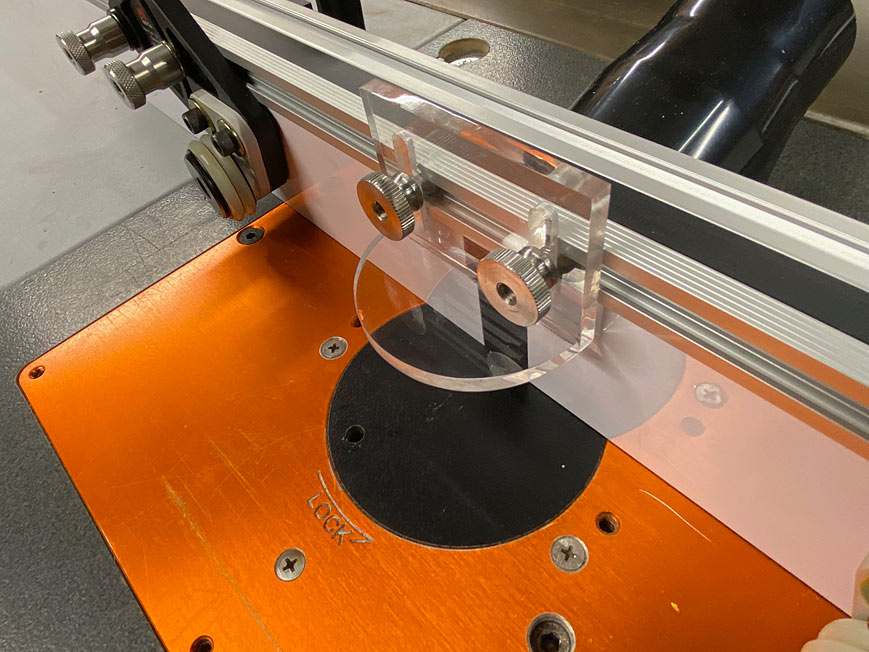A neighbor makes custom boat parts and uses 1/4" acrylic to make hatch covers. His supplier is quoting 12 weeks out; he can't live with that, so he wants to make them himself. He has plywood templates.
I told him to:
1) Put an outline on the acrylic
2) Cut the acrylic about 1/8" from the line with a jigsaw or bandsaw.
3) Attach the acrylic to the template with double sided tape
4) Trim to the template with a bottom bearing bit.
Does all that make sense? Is there any risk to the acrylic by sawing it? (it is silly expensive)
He said that years ago he worked in a shop that did it with guide bushing and single flute bits to avoid melting. They did not however cut the acrylic first, but used the router to cut the pieces out of a sheet. He wondered if there was any advantage to doing it that way. He was also concerned about separating them from the tape; his shop used to use clamps. Any thoughts on any of this??




 Reply With Quote
Reply With Quote







